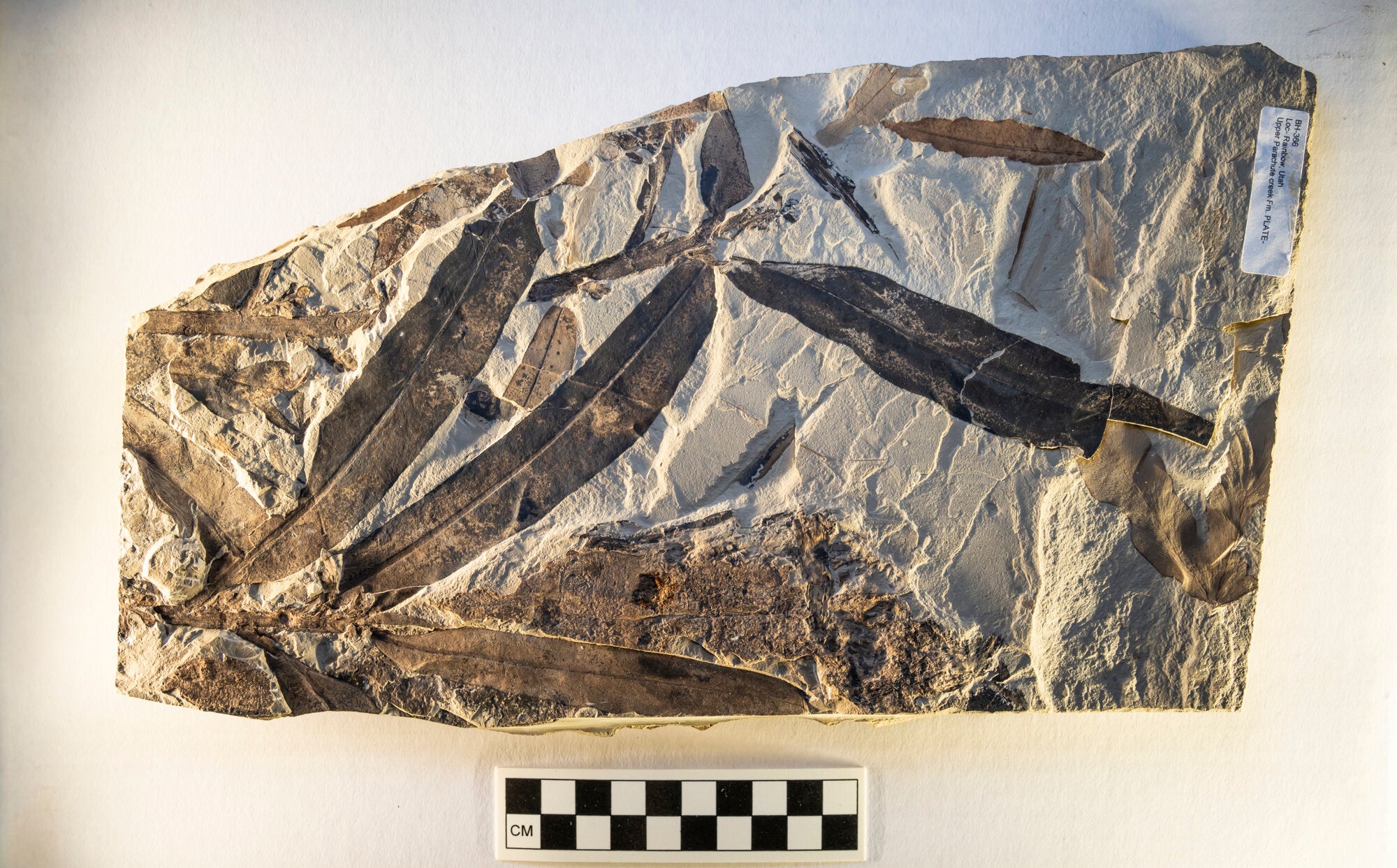Scientists stunned to find strange ‘alien plant’ that doesn’t belong to any known species
Findings point to lack of clarity on how diverse ecosystems were before they were lost to time, researchers say
Your support helps us to tell the story
From reproductive rights to climate change to Big Tech, The Independent is on the ground when the story is developing. Whether it's investigating the financials of Elon Musk's pro-Trump PAC or producing our latest documentary, 'The A Word', which shines a light on the American women fighting for reproductive rights, we know how important it is to parse out the facts from the messaging.
At such a critical moment in US history, we need reporters on the ground. Your donation allows us to keep sending journalists to speak to both sides of the story.
The Independent is trusted by Americans across the entire political spectrum. And unlike many other quality news outlets, we choose not to lock Americans out of our reporting and analysis with paywalls. We believe quality journalism should be available to everyone, paid for by those who can afford it.
Your support makes all the difference.Scientists have discovered a unique fossil that does not match any known species of flowering plants, an advance that sheds more light on the planet’s ancient diversity.
Researchers first spotted the fossilised leaves of the species Othniophyton elongatum, which translates to “alien plant”, in Rainbow in Utah in 1969. The former mining community is now a ghost town.
A new analysis published in the journal Annals of Botany reveals that the 47-million-year-old fossil leaves belong to a unique plant with unusual flowers and fruits.
Initially, researchers were forced to infer the species of this plant just by looking at the shape and vein patterns in the fossil leaves without flowers, fruits or branches.
They thought it might have had leaves with multiple smaller leaflets, and based on this reasoned that the extinct species may have belonged to the ginseng family.

But the latest study, assessing more fossils of the plant, finds that the leaves, fruits and flowers attached to the stem of the fossils were nothing like those of the other plants in the ginseng family.
They found that new fossils had leaves directly attached to stems, painting a much different picture of what the plant once looked like.
“This fossil is rare in having the twig with attached fruits and leaves. Usually, those are found separately,” study co-author Steven Manchester from the Florida Museum of Natural History said.
“The two twigs we found show the same kind of leaf attached, but they’re not compound. They’re simple, which eliminates the possibility of it being anything in that family,” Dr Manchester said.
In the study, scientists analysed the physical features of the old and new fossils and searched among the over 400 diverse families of flowering plants alive today if they resemble any living plant family.
However, they couldn’t match the fossils’ strange assortment of features with any of them.
When researchers searched among extinct families, they came up empty-handed once again.
Through the study, scientists highlight a problem in studying ancient plant fossils, especially of plants that lived less than 65 million years ago.
When such plants are categorised within modern families, it can create a skewed estimate of biodiversity in ancient ecosystems, researchers warn.
“There are many things for which we have good evidence to put in a modern family or genus, but you can’t always shoehorn these things,” Dr Manchester said.
Fossil berries of the extinct plant assessed in the new study helped rule out families like the grasses and magnolias.
While the flowers did seem to resemble some modern groups, other features ruled those out.
Then using a digital microscope and computer-enhanced illumination, researchers could find minute new details, including the fruit’s internal anatomy and small, developing seeds that they’d missed during prior observations.
One of these new features spotted in the latest observation is the stamen – the male reproductive organs of the flower.
In most plants, once the flower is fertilised, the stamens detach along with the petals and the rest of the flower parts.
“And this thing seems unusual in that it’s retaining the stamens at the time it has mature fruits with seeds ready to disperse. We haven’t seen that in anything modern,” Dr Manchester said.
This helped them rule out all modern families and a subsequent comparison found no match even in known extinct plant groups.
The study points to the lack of clarity on how diverse such ancient ecosystems were, researchers say.
“It’s important because it gives us a little bit of a clue about how these organisms were evolving and adapting in different places,” Julian Correa-Narvaez, another author of the study, said.

Join our commenting forum
Join thought-provoking conversations, follow other Independent readers and see their replies
Comments